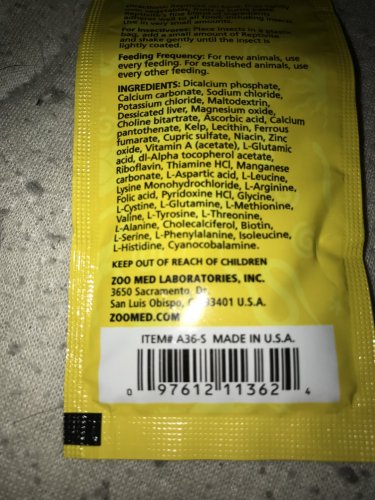MichaelMichael
New Member
Last night I purchased a baby veiled chameleon and I haven’t seen it drink anything, it hasn’t really moved from the top of the cage and it won’t turn as bright green as it was the night before in the pet stores enclosure. Is this normal or could I have done something wrong? It just won’t lose the browns and blacks that show it's stressed. Could this just be because the habitat is new?



